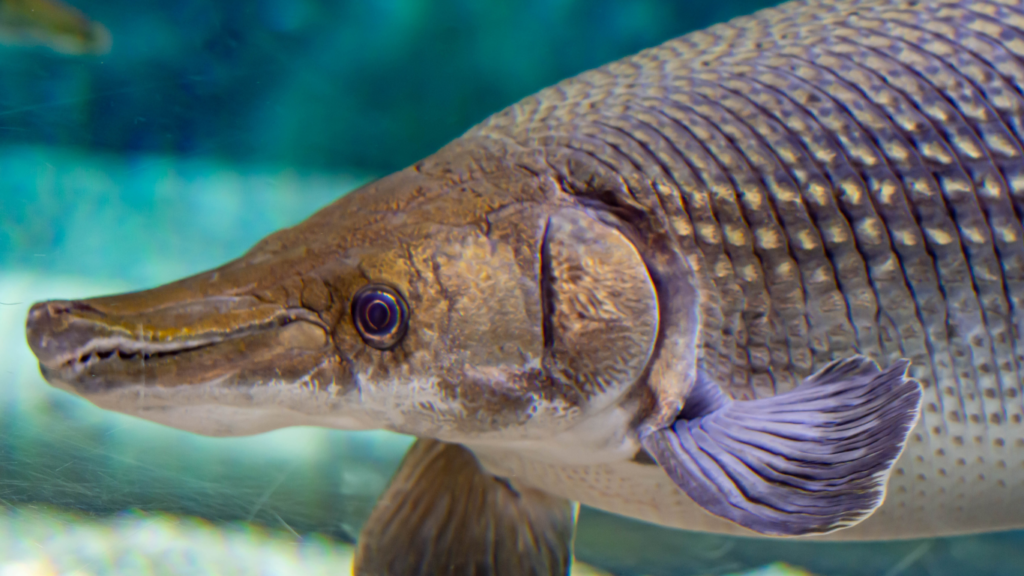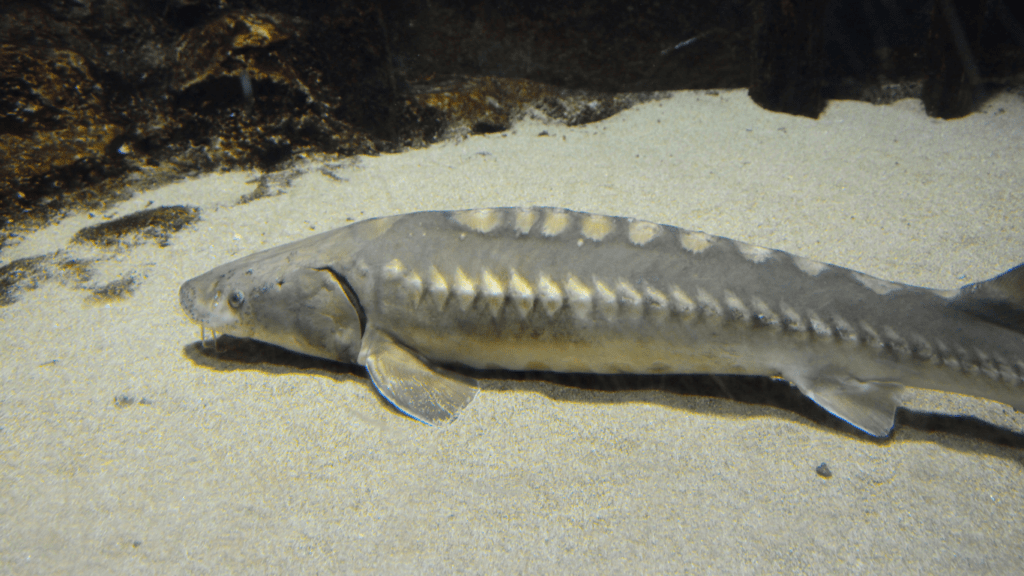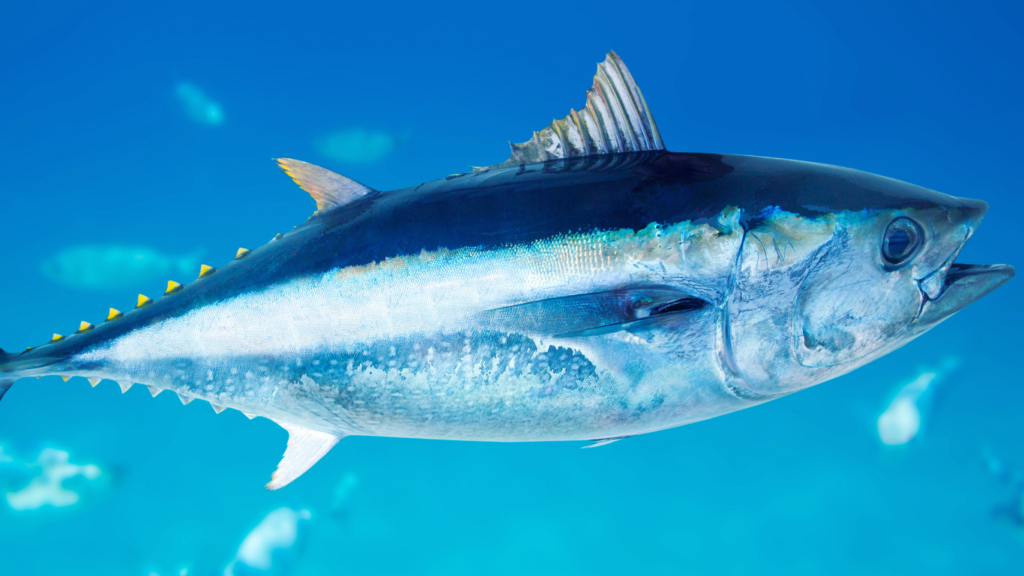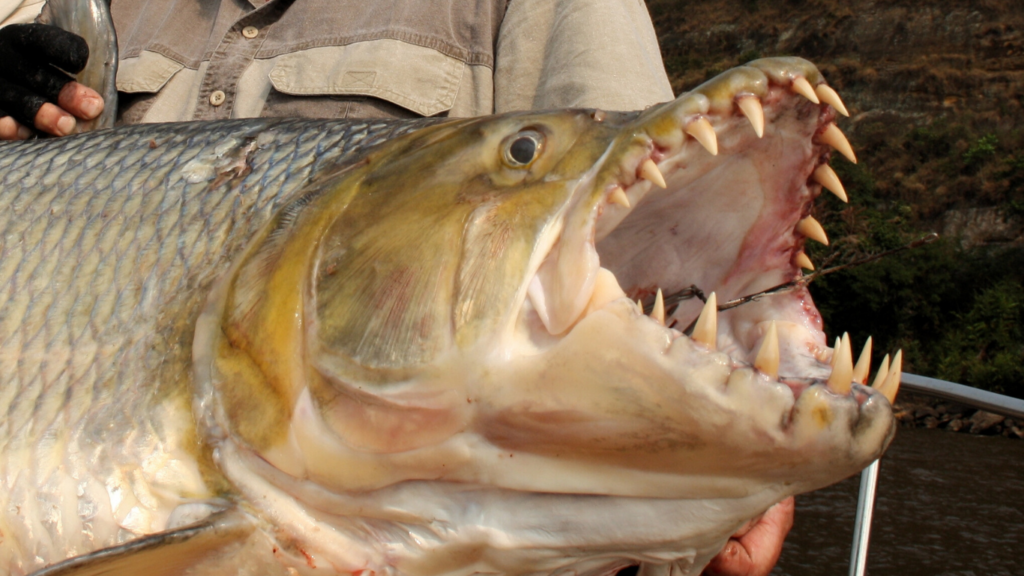Exploring Ancient Survivors
Prehistoric fish exemplify endurance, adapting through epochs while retaining ancient traits. Species like the coelacanth, first identified as fossils before its modern discovery in 1938, showcase this remarkable survival. Its limb-like fins resemble early terrestrial vertebrates, offering a glimpse into evolutionary transitions.
Sturgeons, existing for over 200 million years, thrive in both freshwater and marine environments. Known for their bony plates and elongated snouts, they play crucial roles in aquatic ecosystems. However, overfishing and habitat loss threaten their populations worldwide.
Other examples, such as the gar and bowfin found in North American waters, highlight the diversity of these survivors. With thick scales and unique respiratory systems, they demonstrate evolutionary adaptations ideal for fluctuating environments.
Modern research into these species aids in understanding resilience and adaptation. Conservation efforts aim to protect their habitats, ensuring these ancient lines persist amid ecological changes.
The Evolution Of Prehistoric Fish
Prehistoric fish represent some of the earliest vertebrate life forms, showcasing significant evolutionary milestones. Over hundreds of millions of years, they retained ancient traits while adapting to environmental shifts.
Key Characteristics That Set Them Apart
- Structural adaptations, such as slow metabolism and robust skeletal frameworks, define prehistoric fish.
- Coelacanths possess lobed fins with primitive limb-like structures, bridging the gap between aquatic and terrestrial vertebrates.
- Ganoid scales, found in gars, offer armor-like protection, contrasting with the cycloid scales of modern fish.
- Unique respiratory systems, like the lung-like air bladders in bowfins, enhance survival in low-oxygen environments.
- These traits reflect an evolutionary resistance to extinction across geological eras.
Species That Have Withstood The Test Of Time
- Several species survive with lineages tracing back over 100 million years.
- Coelacanths, often called “living fossils,” reemerged in 1938 after being presumed extinct for 66 million years.
- Sturgeons, present for over 200 million years, demonstrate resilience by thriving in diverse habitats despite significant ecological pressures.
- Gars, with origins 150 million years ago, exhibit elongated jaws and ganoid scales, showcasing primitive traits.
- Bowfins, dating back 150 million years, utilize their lung-like organs for survival in stagnant waters.
These species emphasize evolutionary adaptability amid shifting ecosystems.
Modern Encounters With Prehistoric Fish

Modern encounters with prehistoric fish reveal their resilience and provide valuable insights into evolutionary persistence. Sightings and studies of these ancient creatures highlight their rarity and the challenges in understanding their biology and behavior.
Unusual Sightings Around The World
Unusual sightings of prehistoric fish often make headlines due to their rarity. In 1938, a coelacanth, believed extinct for 65 million years, was discovered off South Africa’s coast. Sturgeons have been documented in rivers like the Volga and Mississippi, some exceeding 14 feet in length. Gars, with their armored scales, are regularly spotted in North American freshwater systems. In Madagascar and Indonesia, coelacanths occasionally surface near deep-sea fishing areas. These extraordinary encounters demonstrate how ancient species have adapted to survive in diverse habitats, unnoticed for centuries.
Challenges In Studying These Rare Relics
Studying prehistoric fish poses challenges because of their limited distribution and elusive behavior. Coelacanths inhabit depths exceeding 2,000 feet, requiring specialized submersibles for observation. Sturgeon populations, although widespread, are threatened by overfishing and habitat fragmentation, complicating field studies. Gars and bowfins, despite being more accessible, have faced neglect due to their misunderstood ecological roles. Additionally, their slow reproductive cycles and long lifespans require long-term monitoring to gather comprehensive data. Advances in genetic analysis and tracking technologies are gradually overcoming these barriers, enabling researchers to better protect these ancient survivors.
Conservation Efforts And Their Significance
Conservation strategies play a critical role in safeguarding prehistoric fish species. By protecting these ancient survivors, we preserve biodiversity and maintain ecological balance.
Protecting Endangered Species
Effective conservation focuses on mitigating the risks prehistoric fish face, such as habitat destruction and overexploitation. Species like the sturgeon, heavily targeted for caviar, face steep population declines without stringent protections. In several regions, conservationists enforce fishing regulations, implement breeding programs, and restore critical habitats to reverse these trends. For instance, the U.S. Fish and Wildlife Service actively supports sturgeon restoration initiatives aimed at reestablishing healthy populations in rivers where they’ve become scarce.
International agreements, such as the Convention on International Trade in Endangered Species (CITES), regulate the trade of vulnerable species like the coelacanth. By addressing illicit fishing practices and raising awareness about overharvesting, conservation programs encourage sustainable coexistence between human activity and ancient aquatic life.
Understanding Their Role In Today’s Ecosystems
Prehistoric fish contribute significantly to modern ecosystem functions despite their ancient lineage. Sturgeons act as a keystone species, maintaining sediment quality and nutrient cycling in riverine systems by feeding on benthic organisms. Similarly, gars help control invasive fish populations due to their position as apex predators in certain freshwater habitats. These ecological roles highlight their importance in preserving the health and stability of aquatic environments.
Research on prehistoric fish benefits scientists by offering insights into evolutionary processes and long-term species survival. By studying ancient species, researchers develop strategies applicable to broader conservation contexts, enabling proactive solutions for modern biodiversity challenges.
The Fascination With Ancient Survivors
Prehistoric fish captivate both scientists and the public due to their longevity and distinct evolutionary features. These ancient beings link Earth’s past to its present.
Cultural And Historical Significance
Many societies attach symbolic meanings to prehistoric fish based on their age and rarity. Sturgeons, for example, have roots in human culture as a luxury resource, with caviar regarded as a delicacy for centuries. In myths and folklore, large fish such as gars often represent strength and mystery, reflecting humanity’s awe toward these enduring species. Ancient depictions of fish dating back thousands of years highlight their role in early trade, cuisine, and religious practices.
The Appeal Of Modern Discoveries
Modern-day encounters with living fossils generate widespread interest due to their rarity and evolutionary stories. The rediscovery of the coelacanth in 1938, once thought extinct, reignited curiosity about Earth’s deep past and marine evolution. Recent documentation of bowfins and gars thriving in altered environments illustrates their adaptability, providing insights into resilience mechanisms. Advances in genetics and imaging make these discoveries even more fascinating, revealing hidden traits that connect prehistoric fish to terrestrial and aquatic ecosystems.





